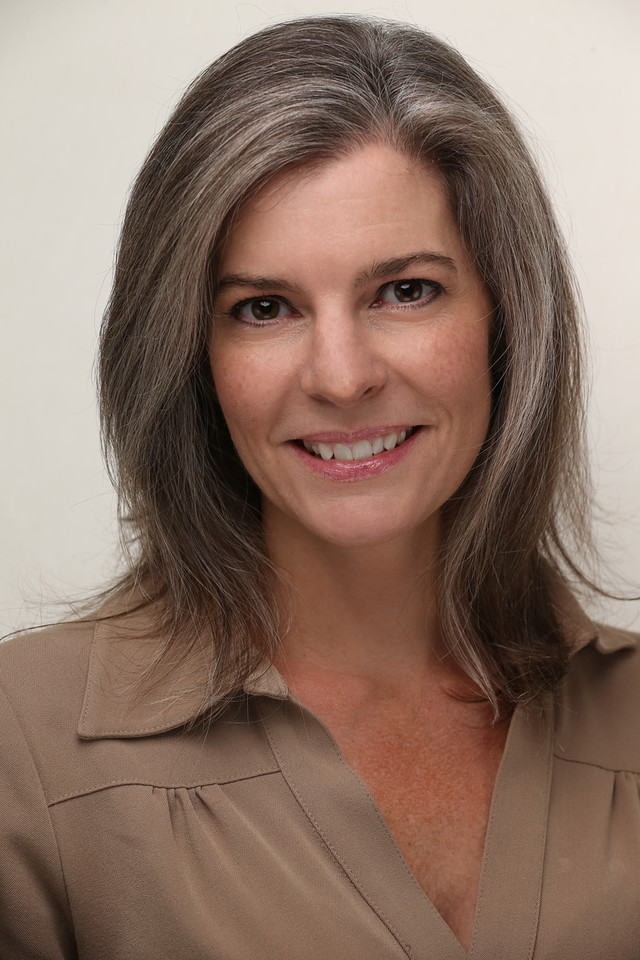
Dawn-Marie Bey has decades of intellectual property (IP) experience and clients ranging from one-person start-ups to Fortune 500 public companies. She counsels clients on a range of IP issues including U.S. and foreign patent prosecution strategies, patent enforcement and infringement defense, IP licensing, IP due diligence and IP ownership in view of government funding (e.g., Bayh-Dole Act, FAR, DFAR). She has particular expertise with post-grant proceedings conducted before the U.S. Patent & Trademark Office.
Dawn-Marie began her technical career conducting experiments in the field of plasma physics at the Naval Research Laboratory. Prior to entering the private sector, Ms. Bey was a patent examiner with the U.S. Patent and Trademark Office (USPTO) in the electrical and optical arts and is registered to practice before the USPTO. In 2013, she co-founded Bey & Cotropia PLLC, after many years of successful client representation as a partner in two international law firms. Ms. Bey has been selected over multiple years for inclusion in Super Lawyer and Best Lawyers listings.
Dawn-Marie attended George Mason University School of Law, where she graduated with a recognized concentration in intellectual property law, completing individual courses in all areas of intellectual property including patents, copyrights, trademarks and trade secrets and specialized courses in patent licensing, patent damages, patent prosecution, patent litigation, interferences, unfair trade practices and international protection of intellectual property.
Education
• J.D., George Mason University
• B.S., Physics, Franklin and Marshall College
Bar Admissions
• District of Columbia
• U.S. Court of Appeals for the Federal Circuit
• U.S. Court of Appeals for the Fourth Circuit
• U.S. District Court for the Eastern District of Virginia
• U.S. Patent and Trademark Office
• Virginia
Publications and Presentations
• Chapter 30 – USA in “The International Comparative Legal Guide to: Patents 2013,” (September 2012, Global Legal Group, Ltd.)(co-author)
• Patent Reform – The Fuss About First-To-File, The Metropolitan Corporate Counsel(June 2011)
• 5th Annual Advanced Patent Law Institute: Panel on “Patentable Subject Matter and Practice Strategies in the Shadow of Bilski” (January 2010; Moderator)
• Book Chapter in “The Impact of Bilski on Business Method Patents Leading Lawyers on Navigating Procedural Changes, Forming New Patent Filing Strategies, and Forecasting Future Developments: Responses to Bilski: Rejections, Suggestions and Follow-On Case Law,” (August 2009, Aspatore Books, a Thomson Business)
• Unreasonableness of the Patent Office’s “Broadest Reasonable Interpretation” Standard, AIPLA Quarterly Journal (Vol. 37, Number 3 (Summer 2009) (co-author)
• Quanta v. LG Electronics: Further Restrictions on Patent Rights; but not an Exhaustion Windfall, Landslide (Vol. 1, No. 1 – Sept./Oct. 2008)
• Authority and Issues to Consider Prior to Entering into Funding Agreements with the Federal Government, Intellectual Property & Technology Law Journal (April 2006)
• There’s No Free Lunch: Before Accepting Government Funding To Help Develop Or Build A Security Product, Companies Must Understand How It Could Alter Their Intellectual Property Rights To The Product, Security Management Magazine (June 2005)
• Shifting the Burden of Proving Patentability Vel Non In View of Dickinson v. Zurko,Journal of Intellectual Property Law, Vol. 12, No. 1 (Fall 2004)
• Supreme Court Rules on Key Patent Infringement Doctrine, Washington Legal Foundation, Vol. 17, No. 26 (2002)
• Time-resolved Measurements of X-ray Damage to Optical Coatings, J. APP. PHYS., Vol. 81, No. 3 (1997) (co-author)
• Spectroscopic Diagnostics in a Colliding Blast-wave Experiment, PHY. REV. E., Vol. 49, No. 2 (1994) (co-author)
• Soft X-ray Output from a Laser-produced Plasma, J. QUANT. SPEC. and RAD. TRANS., Vol. 51, No. 1-2 (1994) (co-author)
• X-ray Damage to Optical Components Using Laser-plasma Source, J. APP. PHYS., Vol. 74, No. 9 (1
. 74, No. 9 (1993) (co-author)
Curabitur sit amet ligula vitae lorem consequat condimentum id in mauris. Vivamus pretium aliquet sapien, ut commodo risus. Fusce erat orci, tempus vitae mi ac, interdum sollicitudin felis. Suspendisse elementum turpis vitae libero lobortis laoreet raesent lacinia volutpat.

Sed sodales, odio eget adipiscing mattis, sapien purus dapibus felis, sit amet mollis velit dolor eu lorem. Vivamus condimentum nunc a quam lobortis tempus. Integer porttitor, elit vestibulum facilisis accumsan, tortor nisl volutpat sem, ac laoreet ligula metus ut felis.

Cras eu nibh non dui mattis pretium id vitae erat. Quisque justo nisi, malesuada eget lorem ac, posuere dictum justo. Vestibulum vitae scelerisque ante. Duis at mi vel odio fermentum accumsan at nec massa. Donec id velit porta, mattis lorem vitae, convallis nunc.

Proin at venenatis dui. Morbi posuere ullamcorper libero in posuere. Proin quis est consectetur, varius diam ut, fringilla orci. Nunc ac lacus id ligula egestas ultricies nec id odio. Maecenas lectus mauris, ultricies ac aliquet at, fermentum eget leo.


Leave a Comment
You must be logged in to post a comment.